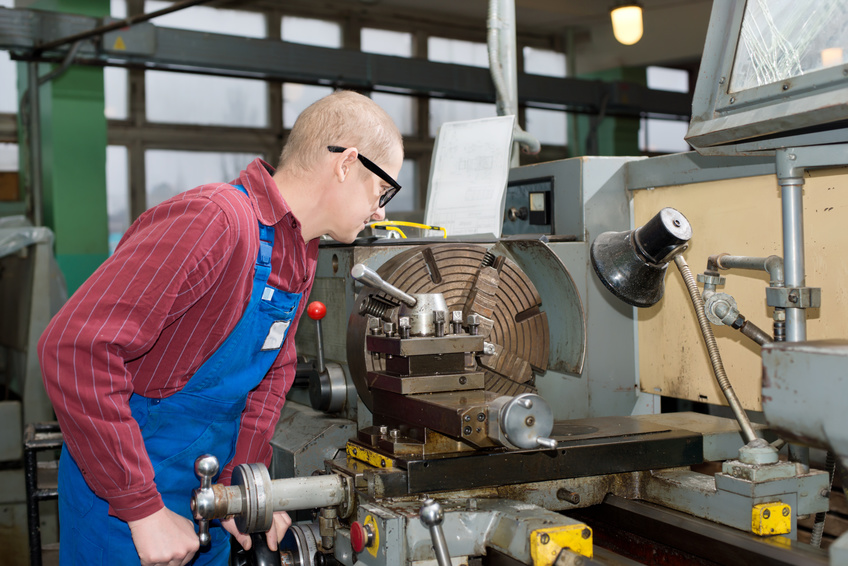
It’s hard to know where the United States would be without machine manufacturing technology. Every day we find ourselves taking for granted the complex advances that bolsters the automotive, electrical, welding and repair industries around the country. From our cars running smoothly to our appliances working rain or shine, the capable and reliable production machine is a necessity to keep America up and running. It’s not always an easy process, however, as the wrong metal or incompatible part can make the entire production grind to a halt and potentially ruin the products at large. Let’s take a look at the definition of machinability, the work that goes into manufacturing and some of the best parts for the job.
What Do Manufacturing Industries Create?
It’s actually a shorter answer to pinpoint what they don’t do! Everything, from the largest truck to the smallest nail, is crafted and shipped with the aid of manufacturing companies. The largest and most comprehensive survey on durable goods, the Gardner’s Capital Spending Survey, found that metalcutting alone accrued over $8 billion as of 2014 and shows no signs of slowing down as demand continues to rise. The metalworking and equipment industry remains a shining beacon of prosperity, with advertising expenditures hitting $480 million as of recent years.
What Is Machinability?
What’s the most common material used to create the massive production lines that create our everyday products? Metal! This term describes the myriad of different ways unique types of metal can be interacted with, from cutting to altering, and is considered a common standard of quality in industries that rely heavily on complex tools. Although metal is known for its durability, everything has a lifespan and nowhere is that more clear than production houses that create products for everyday people all days of the week. The carbon content of certain metals go a long way in determining its durability and luster, with stainless steel having poor machinability and aluminum a little higher.
What Kind Of Tools Are Needed?
The right metal or equipment can, quite literally, make or break production. A carbide insert, for example, is used for a variety of functions to help machinery encourage higher efficiency as well as quality. Carbide inserts, as well as carbine end mills, add a precision and dexterity that can be time-consuming as well as exhausting done by human hands. Tools and parts like ER collets, swiss CNC and carbide inserts are tiny yet necessary components to ensure that all sorts of metals can work cohesively together in one handy package. The standard ER collet is one of the most widely used clamping systems around the world, created from spring steel and hardened to an incredible density. They’re used for tasks including, but not limited to, milling, reaming, tapping and grinding. Keeping these traits in mind when shopping will bolster your production value and ensure possible errors are kept at bay.
How Can I Improve Production?
Whether you work at a manufacturing plant or are a supplier, it all comes down to choosing the right carbide inserts or carbide end mills to suit the job. Measurements, as well as metal types and additives, are crucial to avoid debilitating issues like melting, wear and incompatibility. The goal of machinability is to increase a machine’s competence in cutting, carving and steeling in associated fields. It’s been found that well over 70% of those making manufacturing purchases will seek out products or services once per week, so be sure to do your research and cement your basics now to avoid trouble down the line!
